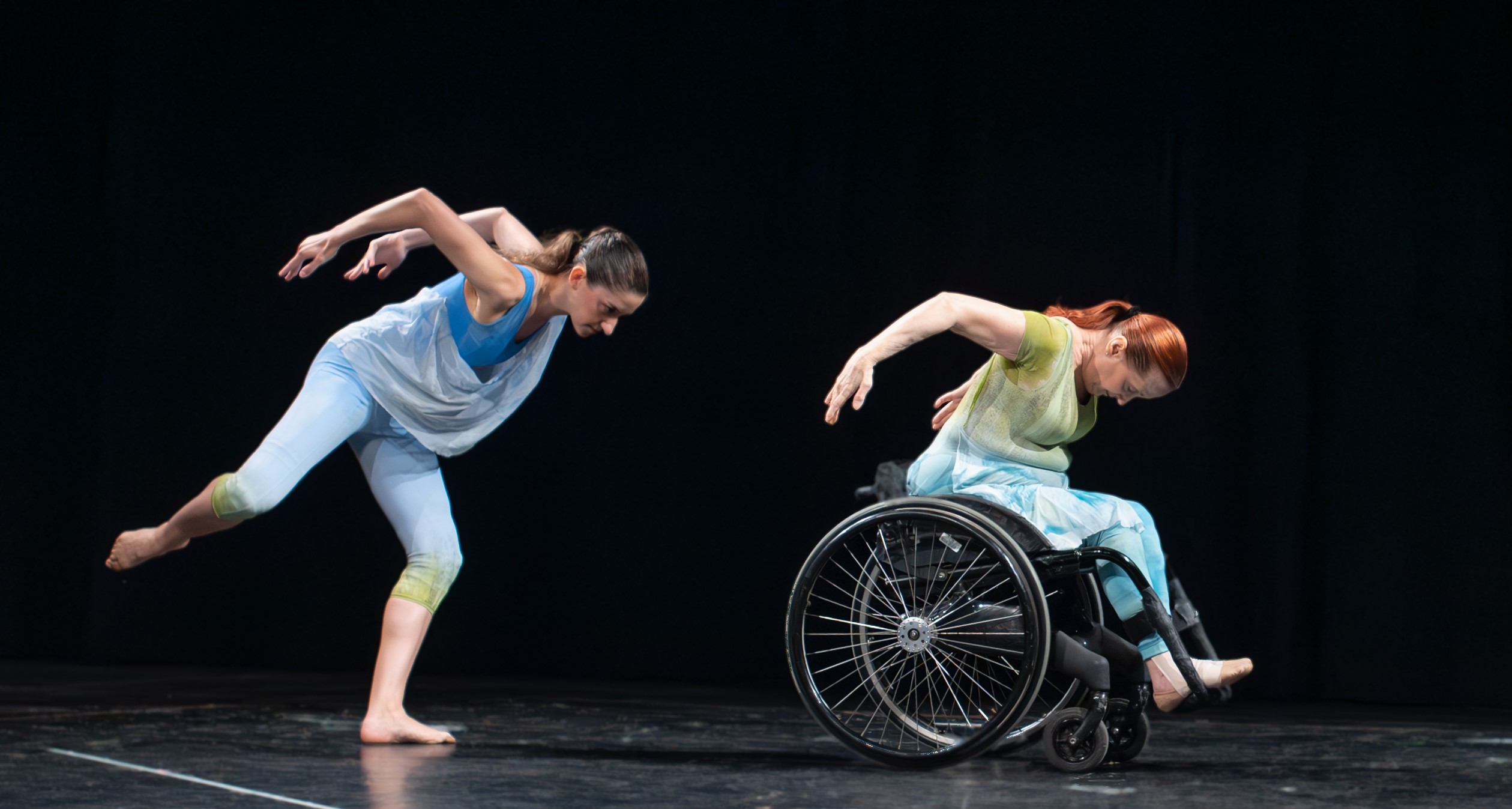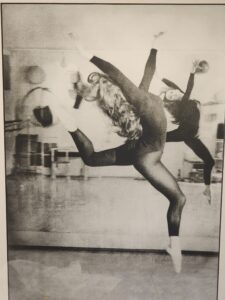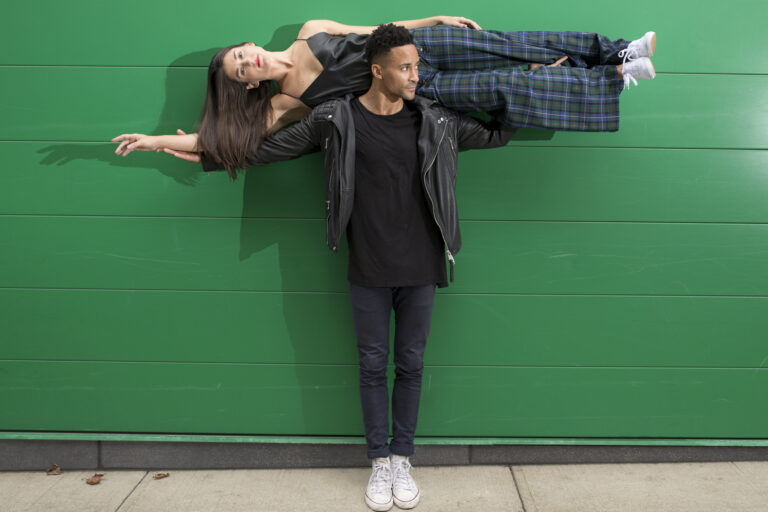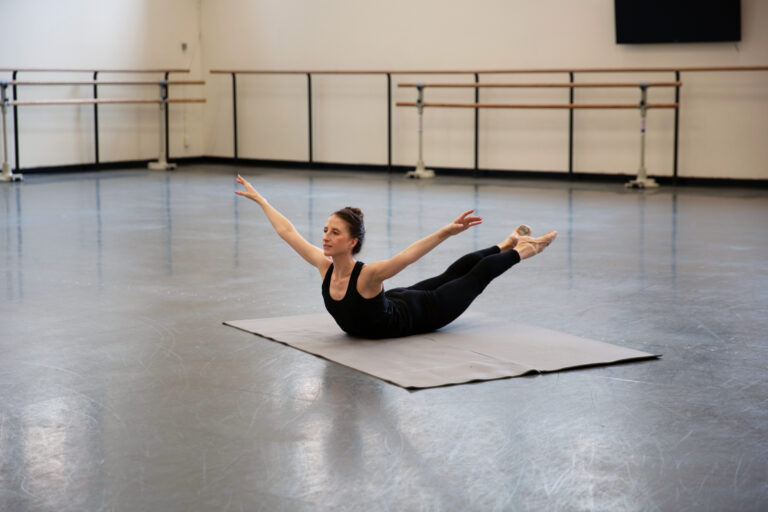
Kitty Lunn is a trailblazer in making dance accessible for people with disabilities. When an accident 35 years ago left the then-professional ballerina paraplegic and using a wheelchair, Lunn took her dance training into her own hands. After six major spinal surgeries and years of daily physical therapy, Lunn returned to open classes at Steps on Broadway and regained her place at the barre. “After class, I would come home and write down the transpositions that I had made,” she says. “Finally, I got all the way through a class, including grand allégro and petit allégro, and started taking class every day.”
Lunn’s transpositions, all of which are done in a seated position, use the arms, head, and core to mimic movements usually completed with the legs. After mastering ballet exercises, she moved on to Graham technique. “When I was at The Washington Ballet when I was 15 years old, Martha came and we had classes,” says Lunn, who still treasures a photo that the modern dance great took of her as a teenager, leaping in the air. “I learned a great deal about cross-training, because in Graham, everything’s in contraction. In ballet, it’s lifted.” Lunn has woven Graham’s focus on contraction into her ballet movements, as well. For example, her transposed grand pliés include a contraction of the core and slow roll up to mimic the bend of the knees.

Although Lunn had studied ballet and Graham before her accident, she learned Horton technique in her chair. “A lot of ballet dancers have very weak backs—thus comes the Horton,” she says, crediting the style with her increased core strength. It has since become a part of her teaching repertoire.
As an educator, Lunn’s reach is wide. After facing resistance while blazing her own trail, she’s especially eager to help others. “Disabled people should not have to jump through the hoops that I had to. So I started teaching,” she explains. Lunn has worked closely with choreographers and dancers Mark Brew, formerly the artistic director of AXIS Dance, and Alice Sheppard, the artistic director of Kinetic Light, as well as Ali Stroker, the actress who made her mark as Ado Annie in the 2019 Broadway run of Oklahoma!.
After decades of running her own company, Infinity Dance Theater, and teaching both students and other educators in New York, Lunn has shifted to Zoom: Since the pandemic, she’s held a weekly free class on Saturdays accessible to dancers worldwide. “The good thing about Zoom is I can have students in Australia, Italy, and Scotland,” she says. “Everyone just has to mind their own time zone.” She and her assistant Luísa Righeto are headed to Italy this summer to work on a project about Frida Kahlo, and then onto Righeto’s native Brazil to further expand their reach.
Below, Lunn and Righeto demonstrate a series of ballet, Graham, and Horton exercises. In addition to working with dancers with disabilities, Lunn adds that this technique can also be useful if teaching older dancers who are arthritic in their knees and ankles. “People who come to your class in a chair, they know how to use their wheelchair. What they don’t know how to do is dance. So hopefully, the dance teacher is the one who knows how to teach dancing,” says Lunn. “You have to suspend the belief that dancing is all about legs. Dance is for everyone.”





